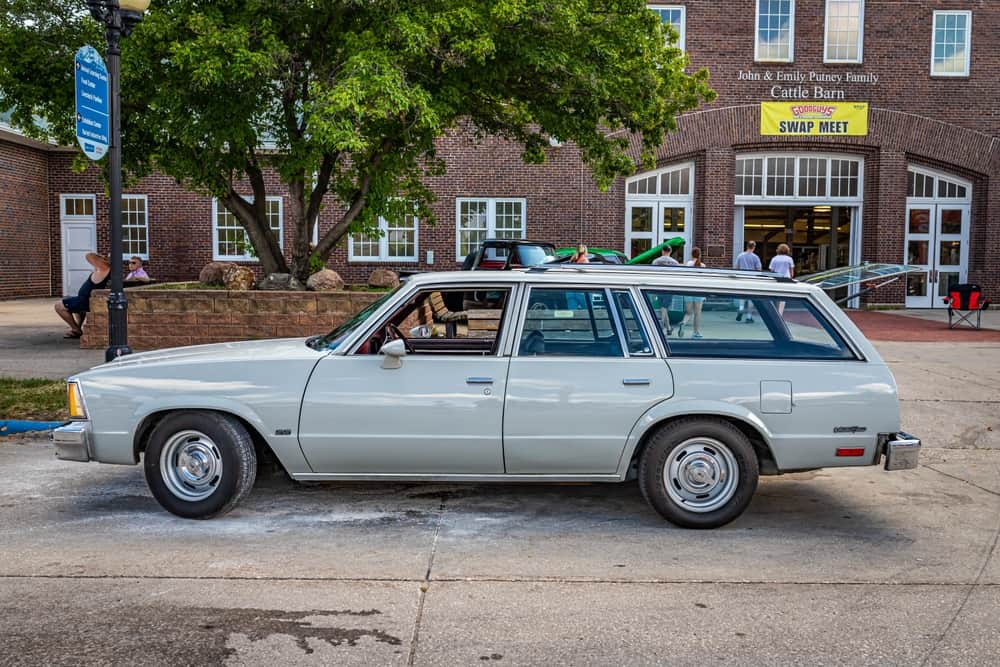What is the Best Type of Insurance for Teenage Driver?

Getting a driver’s license is an exciting life milestone, but it can also bring a great deal of stress for the parent of a teen driver. Many parents are worried about their teen behind the wheel for the first time what adding them to their policy does to their car insurance premiums.
Teen drivers are inexperienced, which means they are more prone to accidents and are more costly to insure. The high costs might cause you to wonder, do you have to insure your teenage driver? Yes, the unfortunate answer is that any licensed driver in your household needs to be on your insurance policy or have their coverage.
Fortunately, some tips will help you find the best insurance for young adults, which is affordable and provides complete protection.
Explore All Your Options
The easiest way to get your teen covered is to add them to your policy; however, that may not be the best way to find cheap insurance for young drivers. Every insurance company rates teen drivers differently, so your existing insurance company may not prove to be the most affordable. Compare quotes from different companies before you select a provider.
Consider Your Liability Limits
Liability insurance is the coverage that helps to pay for another driver’s injuries or property damage from an accident that you or your teen cause. When it comes to car insurance for teens, you are not required by law to increase your liability limits. Still, you may want to consider ensuring you are fully covered if your teenager caused a significant accident.
Take Advantage of Discounts
If you want to find cheap auto insurance for teenagers, you should be on the lookout for companies that offer young drivers discounts. Good students (with a grade point average of ‘B’ or higher) usually get discounts or young drivers who completed driving courses.
Be Aware of Premium-Saving Benefits as Your Situation Changes
Has your teen maintained a clean driving record for several years? Then they may be eligible for a good driver discount. Has your young driver become a college student? Car insurance premium discounts may be available if your teen lives on campus and keeps their vehicle at home.
Consider Raising Your Deductible
Your deductible is a pre-determined amount you pay out of pocket when filing a claim with your insurance company. The higher deductible you select, the less your monthly or annual premiums will be.
The Type of Car Matters

Different vehicles are more expensive to insure than others—think about the risks of driving a luxury sports car versus a safe sedan. Having your teen drive a sensible sedan will be the safer option. Still, it could be more cost-effective for your insurance premiums. It is important to note that depending on your insurance company. You may be forced to put your riskiest driver (a.k.a. your teen) on whichever vehicle is most expensive to insure.
Take Advantage of Additional Unrelated Discounts
Are you adding a new vehicle along with your teen driver? If so, you may qualify for a multi-vehicle discount. Can you get your homeowners insurance through the same company as your car insurance? If so, you may be eligible for a multiple policy discount.
According to the Center for Disease Control (CDC), teens age 16-19 are more likely to get into an accident than any other age group. Additionally, teen drivers in this age group are three times more likely to be in a fatal crash than drivers who are 20 and older.
While these statistics can be daunting, conversations with your teen about safety and the severe consequences of poor driving habits can have a significant impact. Using these helpful tips to find the best type of insurance for teenage drivers can also ease some of your worry about insurance premiums and protection.
Don’t wait any longer to get your teen the best car insurance for your needs and budget. Talk to an USAgencies agent today. We can help you save up to $798*. Get a free teen car insurance quote online, over the phone, or at one of our offices near you.
*Based on a Q2 2020 study of USAgencies customers who reported saving when they switched.



